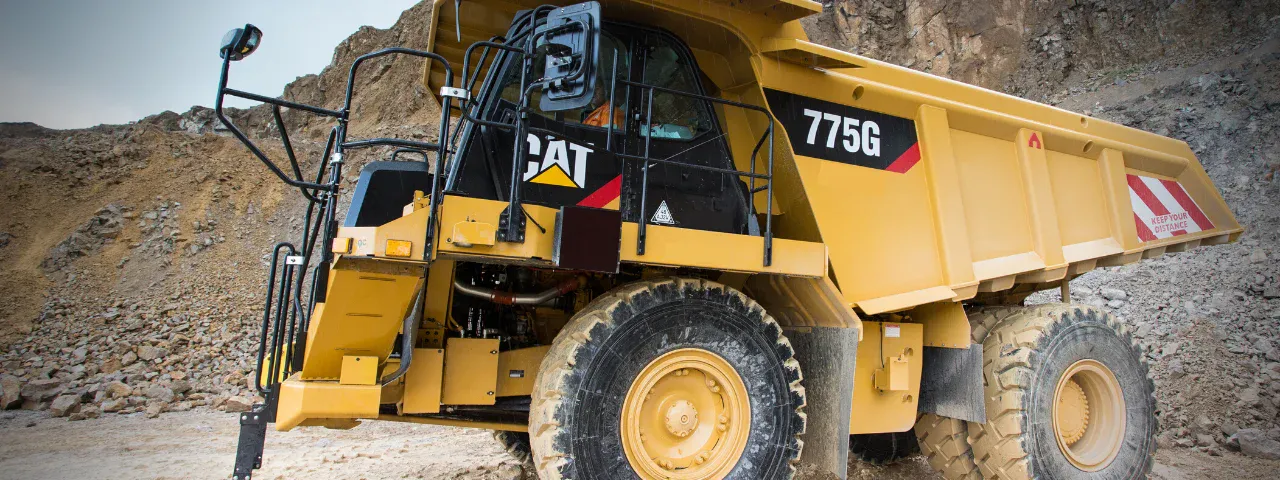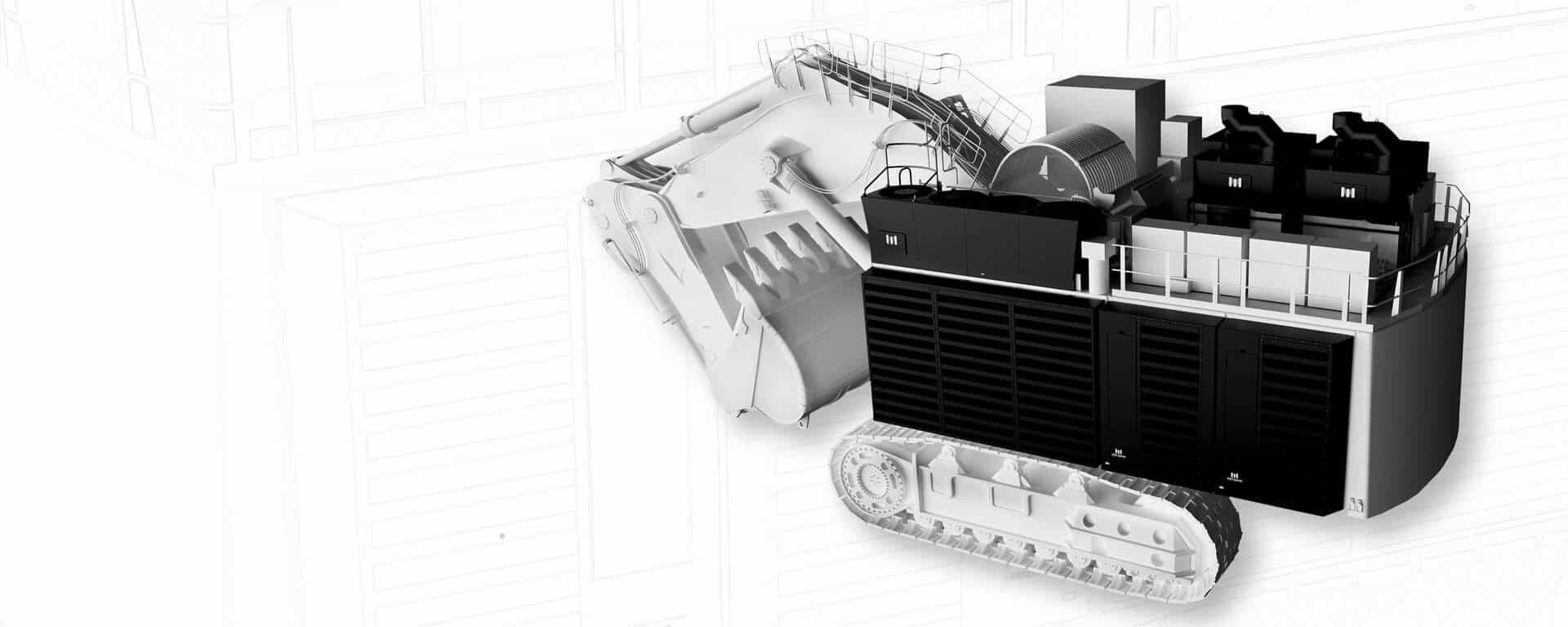Mining operations are integral to global industrial processes, yet they often produce significant noise pollution, which poses challenges not just to compliance with regulatory standards, but also to operational efficiency and worker safety. This article explores the critical aspects of mining noise, its impact, and the strategies for effective noise management.
As the demand for minerals and metals continues to grow, understanding and addressing the environmental and human impacts of mining noise becomes increasingly important. By delving into the sources, implications, and management of mining noise, we can better appreciate the complexities of this issue and the need for comprehensive solutions.
In mining, noise pollution is an inevitable by-product of the operation of heavy machinery, drilling, blasting, and the movement of materials. Each of these activities contributes to a cacophony that can have far-reaching implications. The noise generated is not just a by-product but a significant operational consideration that affects both the internal functioning of mining operations and their external impact on nearby communities and ecosystems. The sheer scale of mining activities means that noise levels can be substantial, leading to potential conflicts with surrounding land uses, wildlife disturbances, and challenges in meeting regulatory requirements.
Sources of Mining Noise
The primary sources of noise in mining operations include:
- Drilling and Blasting: These are among the most significant contributors to noise pollution, with sound levels often exceeding safe exposure limits. The use of explosives in blasting creates a sudden and intense noise that can carry over long distances, affecting not just workers but also nearby residents and wildlife.
- Heavy Machinery: Excavators, loaders, and haul trucks generate substantial noise, especially when operating continuously in confined spaces. The operation of such machinery often involves a combination of engine noise, mechanical vibrations, and the sound of materials being loaded and transported, all contributing to a high-decibel environment.
- Material Handling: The movement and processing of extracted materials further add to the noise levels.
Conveyors, crushers, and processing plants operate continuously, creating a consistent hum that can contribute to the overall noise footprint of a mining site.

Implications of Noise Pollution
Noise pollution in mining isn’t merely a nuisance; it has profound implications:
- Health Risks: Prolonged exposure to high noise levels can lead to hearing loss, stress, and other health issues among workers. Noise-induced hearing loss is one of the most common occupational hazards in the mining industry, highlighting the need for effective hearing protection and noise management strategies.
- Operational Efficiency: Excessive noise can hinder communication, affecting coordination and leading to inefficiencies. In environments where clear communication is critical for safety and productivity, high noise levels can lead to misunderstandings, errors, and accidents.
- Regulatory Compliance: Mining operations must adhere to noise regulations to avoid penalties and ensure the safety and well-being of workers. Compliance with these regulations requires ongoing monitoring and adaptation of noise control measures to meet changing standards and operational conditions.
Monitoring and Managing Mining Noise
Effective management of mining noise begins with precise monitoring and the implementation of strategic measures to mitigate its impact. By understanding the specific sources and patterns of noise within a mining operation, managers can develop targeted strategies that address the most significant contributors to noise pollution. This proactive approach not only helps in maintaining compliance with regulatory standards but also enhances the overall efficiency and safety of mining operations.
Mining Noise Monitoring
Noise monitoring involves the systematic measurement of sound levels at various points within a mining site. This data is crucial for:
- Assessing Compliance: Ensuring that noise levels are within the permissible limits set by regulatory bodies.
Regular monitoring helps in identifying areas where noise levels exceed acceptable thresholds, allowing for timely interventions. - Identifying Noise Sources: Pinpointing specific machinery or processes contributing to excessive noise.
By understanding which activities generate the most noise, targeted noise reduction strategies can be developed to address these specific sources. - Developing Mitigation Strategies: Using data to inform targeted noise reduction initiatives.
The insights gained from noise monitoring can guide the implementation of noise control measures, from equipment modifications to changes in operational procedures.

Noise Reduction Strategies
The implementation of noise reduction strategies is critical for enhancing operational efficiency and maintaining compliance:
- Sound Attenuation Technology: Applying advanced materials and engineering solutions to dampen noise emissions from machinery and equipment. Innovations such as acoustic panels and noisecanceling technologies can significantly reduce the noise footprint of mining operations.
- Maintenance and Upgrades: Regular maintenance of equipment to ensure it operates within optimal noise parameters. Upgrading to newer, quieter machinery can also be beneficial. Consistent maintenance not only prolongs the life of equiment but also ensures that it operates at peak efficiency with minimal noise output.
- Operational Adjustments: Modifying operational schedules or procedures to minimize noise exposure during peak working hours. By scheduling noisy activities during times when fewer workers are present, the impact of noise on human health and productivity can be reduced.
Active Noise Control Systems
Active noise control involves the use of sophisticated technology to cancel out noise by emitting sound waves that are the exact inverse of the unwanted noise.
This technology is particularly effective in environments with consistent noise patterns. By actively neutralizing noise, these systems can create a quieter, more comfortable working environment without the need for extensive structural modifications.

Case Study: Successful Implementation
Consider the case of a mining operation that successfully reduced noise pollution by integrating a comprehensive noise management system. By employing a combination of sound attenuation materials, regular equipment maintenance, and strategic operational changes, the operation not only achieved compliance but also enhanced productivity and worker satisfaction. This case highlights the importance of a multi-faceted approach to noise management, one that leverages both technological innovations and operational best practices.
The Role of Regulatory Compliance
Compliance with noise regulations is non-negotiable in the mining industry. Regulatory bodies set strict limits on permissible noise levels to protect workers’ health and ensure environmental sustainability. Adhering to these regulations is essential for legal reasons and maintaining a positive reputation and relationship with the local community. By proactively managing noise levels, mining companies can demonstrate their commitment to responsible and sustainable operations.
Ensuring Compliance
To ensure compliance, mining operations must:
- Conduct Regular Audits: Regularly assess noise levels and evaluate the effectiveness of existing noise control measures.
Audits provide valuable insights into the current state of noise management and highlight areas for improvement. - Implement Training Programs: Educate workers on noise risks and protective measures, fostering a culture of safety and awareness.
Training programs empower workers to protect themselves and contribute to the overall noise management strategy. - Stay Informed: Keep abreast of changes in noise regulations and emerging technologies that can aid in noise management.
By staying updated on industry developments, mining companies can ensure that their noise management strategies remain effective and compliant.

Engineered Sound Attenuation for Compliance, Safety, and Performance
Minetek's M-STEALTH Sound Attenuation system offers a proven, compliant solution for reducing site noise across mining operations, without compromising machine performance or payload capacity. Designed for mobile and fixed plant machinery—including haul trucks, dozers, excavators, and generators. M-STEALTH delivers up to 50% reduction in cumulative site noise through precision acoustic engineering and site-specific tuning.
Key system advantages:
- Compliance-first engineering: Meets OEM airflow and backpressure specs while exceeding noise standards.
- Fire-risk mitigation: Dual-skin construction keeps surface temps under 150°C in line with AS-5062-2022—no thermal blankets required.
- Operational efficiency: Lightweight design maintains fuel economy and payloads.
- Field-proven results: Installed on more than 2,500 machines across 90+ OEM-approved platforms.
With M-STEALTH, mine operators can move closer to boundary lines while remaining fully compliant, enabling safer, more productive operations.
Mining noise impacts operations and can be managed effectively
Understanding and managing the impact of mining noise is essential for the sustainability and success of mining operations.
By leveraging advanced noise attenuation technologies and adopting a proactive approach to noise management, mining managers can enhance productivity, ensure compliance, and create a safer, more efficient working environment.
The journey towards effective noise management is ongoing, requiring continuous assessment and adaptation. However, the benefits of a quieter, more efficient mining operation are well worth the investment.
In conclusion, addressing mining noise is not just about meeting regulatory requirements but also about fostering a work environment that prioritizes the health and wellbeing of workers.
By continually refining noise management practices and embracing innovative solutions, the mining industry can achieve a balance between operational demands and environmental stewardship.
























